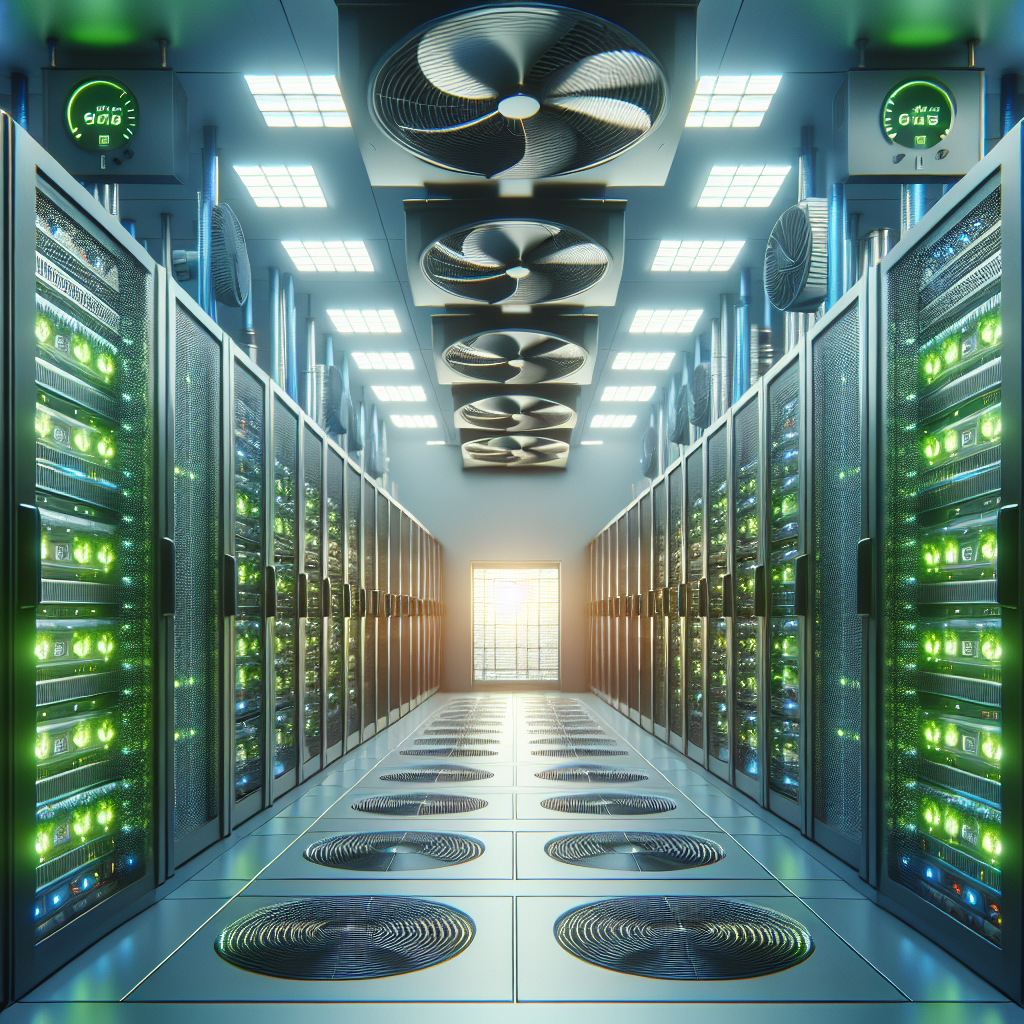Your cart is currently empty!
Navigating the Challenges of Data Center Cooling for Improved Energy Efficiency

In today’s digital age, data centers play a crucial role in storing and processing vast amounts of information. As the demand for data continues to grow, so does the need for efficient cooling systems to keep these facilities running smoothly. Data center cooling accounts for a significant portion of the energy consumption in these facilities, making it a key focus for improving overall energy efficiency.
Navigating the challenges of data center cooling can be a complex task, but with the right strategies and technologies in place, it is possible to achieve improved energy efficiency. Here are some key considerations to keep in mind when addressing data center cooling challenges:
1. Understanding Cooling Needs: Before implementing any cooling solutions, it is important to assess the cooling requirements of the data center. Factors such as server density, airflow patterns, and heat load distribution all play a role in determining the most effective cooling strategy. By understanding these needs, data center operators can better plan for optimized cooling solutions.
2. Utilizing Containment Strategies: One effective way to improve data center cooling efficiency is through the use of containment strategies. Hot aisle containment and cold aisle containment are two common approaches that help isolate hot and cold air streams, preventing them from mixing and reducing energy waste. By implementing these strategies, data centers can achieve more consistent cooling and reduce overall energy consumption.
3. Implementing Free Cooling: Free cooling is another energy-efficient solution that data centers can utilize to reduce their reliance on mechanical cooling systems. By leveraging external air or water sources to cool the facility, data centers can significantly lower their energy consumption and operating costs. However, it is important to consider factors such as humidity levels and air quality when implementing free cooling solutions.
4. Monitoring and Optimization: Continuous monitoring and optimization of cooling systems are essential for maintaining energy efficiency in data centers. By utilizing data center infrastructure management (DCIM) tools and sensors, operators can closely monitor temperature levels, airflow patterns, and energy consumption in real-time. This data can then be used to identify areas for improvement and implement targeted changes to optimize cooling efficiency.
5. Embracing New Technologies: Advancements in cooling technologies, such as liquid cooling and direct-to-chip cooling, are becoming increasingly popular in data center environments. These technologies offer more efficient cooling solutions and can help reduce overall energy consumption. By staying abreast of the latest developments in cooling technology, data center operators can continuously improve their energy efficiency efforts.
In conclusion, navigating the challenges of data center cooling for improved energy efficiency requires a combination of strategic planning, innovative technologies, and continuous monitoring and optimization. By implementing the right cooling solutions and best practices, data centers can reduce their energy consumption, lower operating costs, and contribute to a more sustainable future.

Leave a Reply